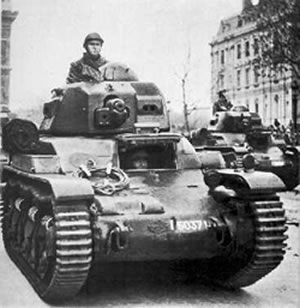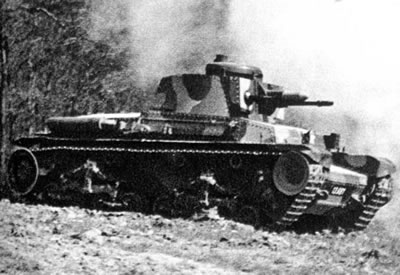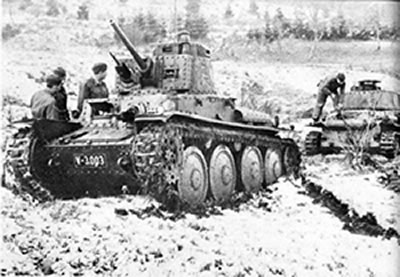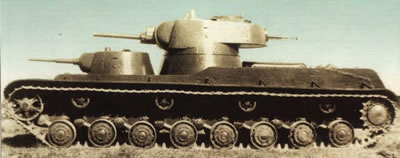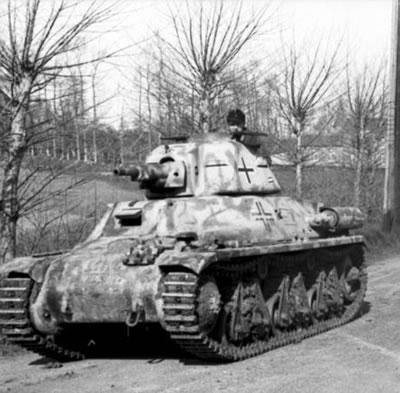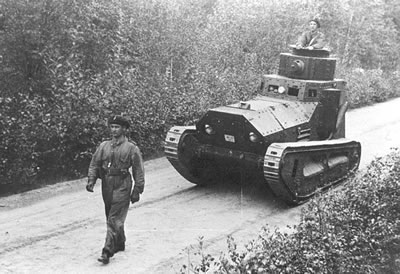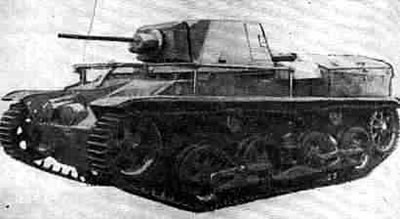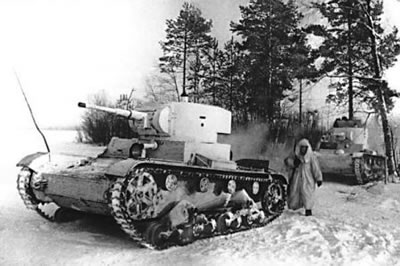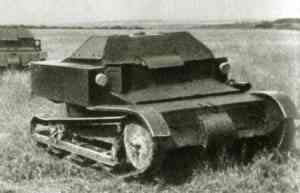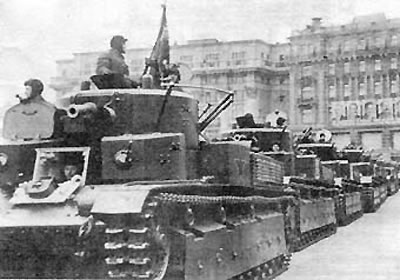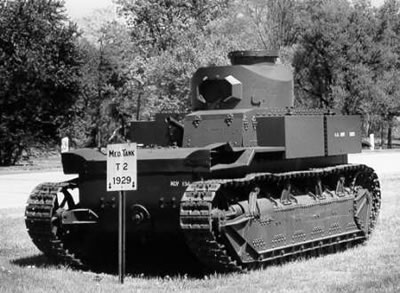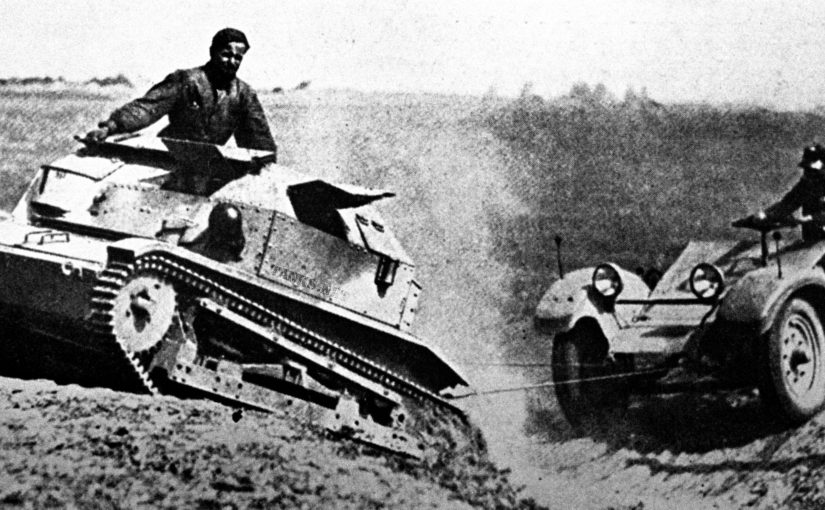The Renault R35 Light Tank was the most common French tank on the battlefield at the beginning of World War II. It used the same suspension and running gear as the AMR (Automitrailleuse de Reconnaissance) 35, which was built for use by the cavalry. The Renault R35 had a short-barreled 1.46 inch (37 millimeter) main …
Category Archives: Interwar Tanks
Skoda LT vz 35/PzKpfw 35(t) Medium Tank
The Skoda LT vz 35 medium tank was Czechoslovakia’s main battle tank just before the Nazis invaded Czechoslovakia. Developed by Skoda Works and CKD in 1934, the LT vz 35 had a 1.46 inch (37mm) anti-tank gun that was based on an equal-caliber Skoda anti-tank gun which was famous for its accuracy. It also had …
Skoda LT vz 38/PzKpfw 38(t) Medium Tank
The Skoda LT vz 38 medium tank was Czechoslovakia’s successor to their LT vz 35. The LT vz 38, which was also developed by Skoda Works and CKD, was more durable and easier to maintain than the LT vz 35. After the Germans invaded Czechoslovakia in 1939, they took the LT vz 38 into service …
SMK Heavy Tank
The SMK heavy tank (named after Communist Party leader Sergei Mironovich Kirov) and the T-100 heavy tank were both designed by Zhozef Yakovlevich Kotin in 1938. Both of these Soviet tanks looked very similar. The SMK and the T-100 each had two turrets – an upper central turret with 360 degree traverse that mounted a …
SOMUA S-35 Cavalry Tank
The SOMUA S-35 cavalry tank was the first tank in which both the turret and the hull had an all cast construction. SOMUA stands for Société d’Outillage Mécanique et d’Usinage d’Artillerie, the French company that manufactured the tank. The turret on the SOMUA S-35 had a traverse that was powered electronically. The main armament consisted …
Strv M/21 and M/29 Light Tanks
The Strv M/21 light tank was a Swedish tank that was designed by Joseph Vollmer, a German engineer who moved to Sweden after World War I. Vollmer had previously designed the German LK I and LK II tanks, and the Strv M/21 resembled them very closely. Strv is an abbreviation of the Swedish word Stridsvagn, …
Strv M/31 Light Tank
The Strv M/31 light tank was produced by Sweden’s’ first tank factory, the AB Landsverk Company factory at Landskrona. It had many features that were very advanced for its time. The Strv M/31 had a welded two-man turret and welded hull. It also had a two-way radio communication and high performance sighing, optical and vision …
T-26 Light Tank
The design of the Soviet Union’s T-26 light tank was based on that of Britain’s Vickers 6 Ton tank. Although the British rejected the Vickers 6 Ton Tank, the T-26 was extremely successful. The T-26 light tank was used during the Spanish Civil War and in the Winter War against Finland. In World War II, …
T-27 Tankette
The Soviet Union’s T-27 tankette was a two-man machine gun carrier based on the British Carden-Loyd Mark VI. Its weapons mount was modified to carry a 7.62mm DT machine gun. The T-27 had a larger hull than the Carden-Loyd Mark VI. Its running gear was also different. Soviet engineer N. Kozyrev designed the T-27 tankette. …
T-28 Medium Tank
The T-28 medium tank was the first Soviet medium tank to see combat. It was designed to break though fortified defense zones. The T-28 medium tank was a three-turreted tank. The main turret – the largest of the three – housed a 0.3 inch (7.62mm) gun and a 0.3 inch (7.62 mm) DT machine …
T1 and T2 Medium Tanks
In the early 1920s, the United States built three prototype medium tanks. These were the Medium A, which was built in 1921, the Medium A2, which was built in 1922 and the T1, which was built in 1925. The T1 medium tank, which weighed almost 20 tons, had either a 2.24 inch (57mm) main gun …
TK3 Tankette
When the Germans invaded Poland in 1939 the TK3 and TKS Tankettes, small tanks, made up much of the Polish Army’s armor, which was still largely supported by old fashioned cavalry horses. The TK3 itself was based on the British Carden-Loyd Mark VI tankette, which the Polish military had been impressed with and obtained a …
